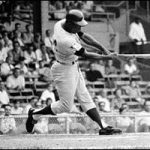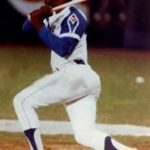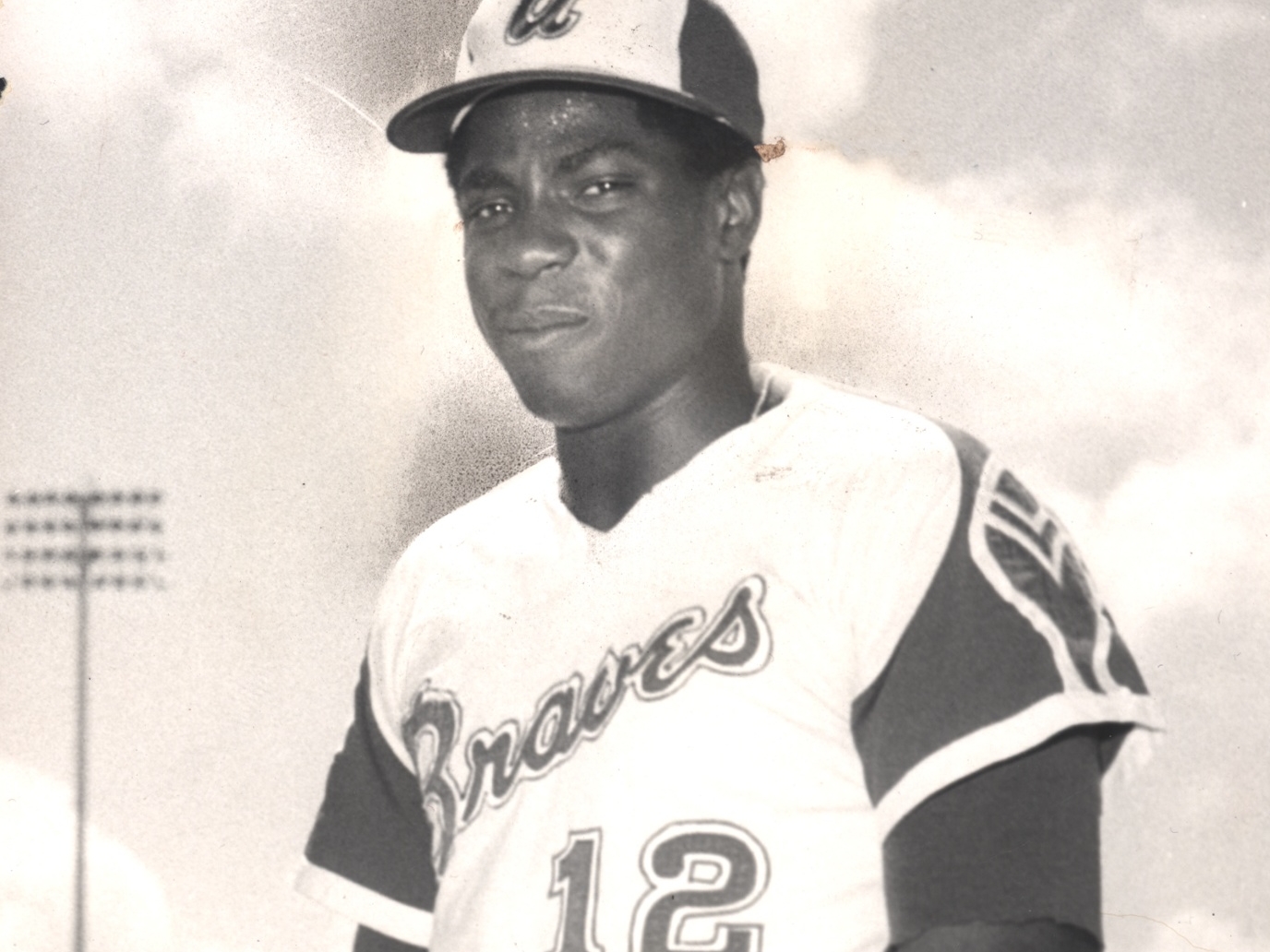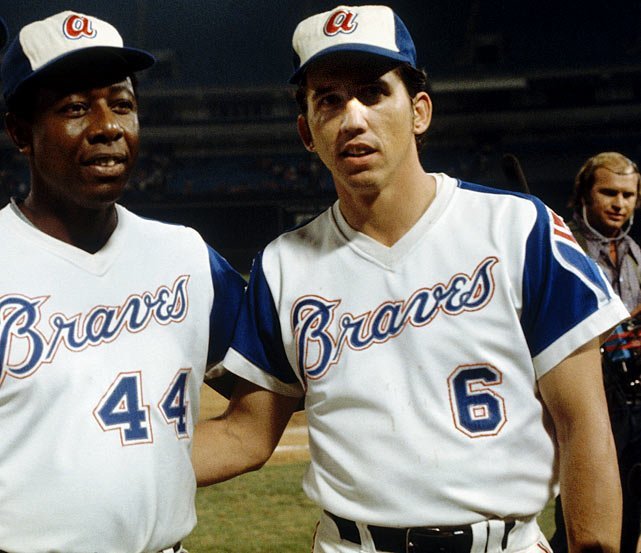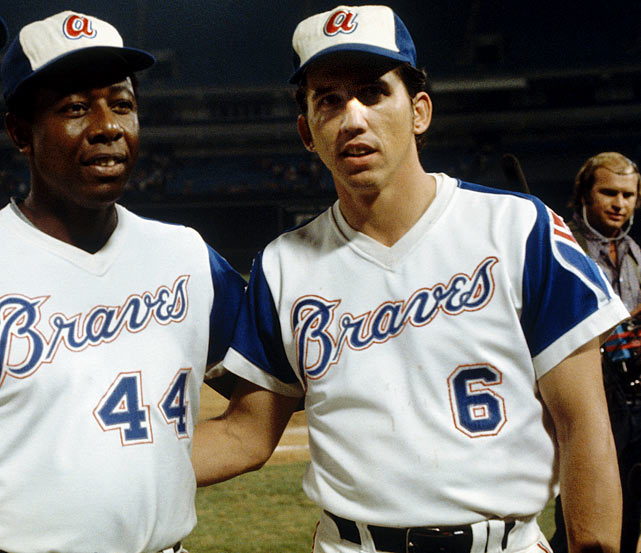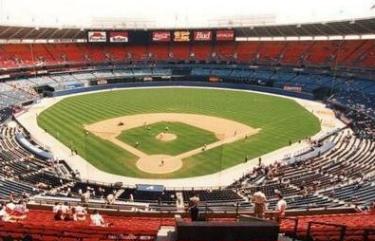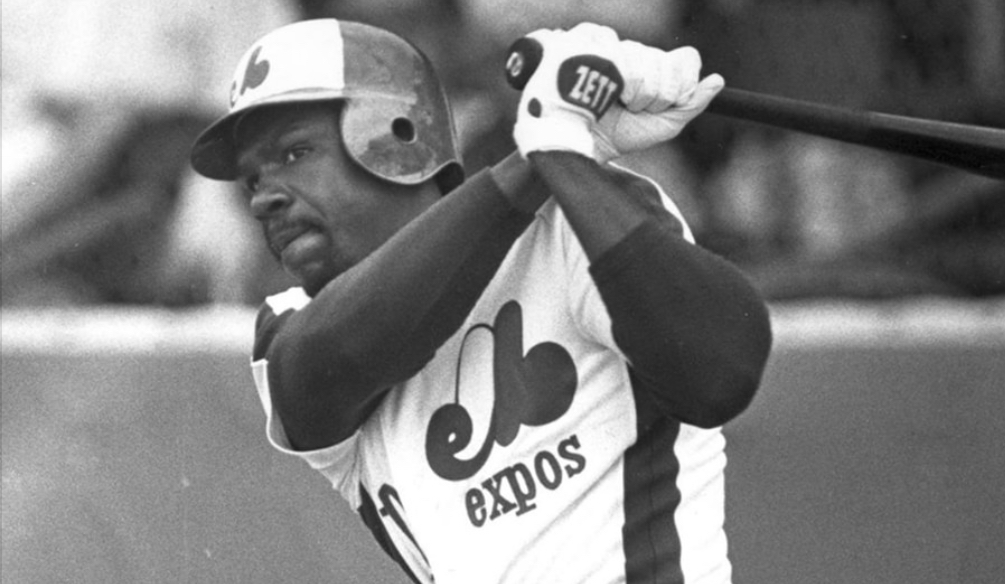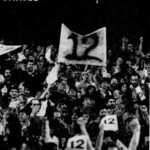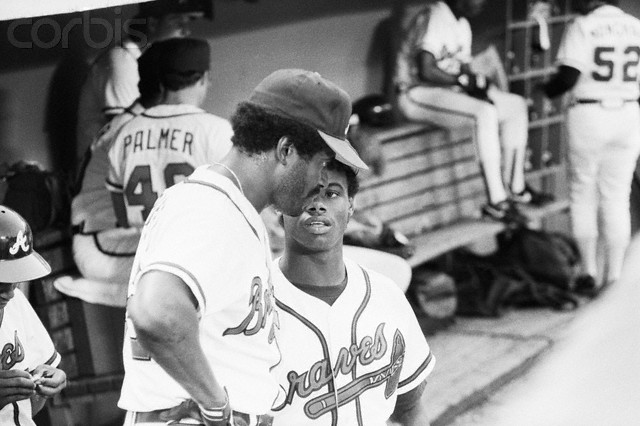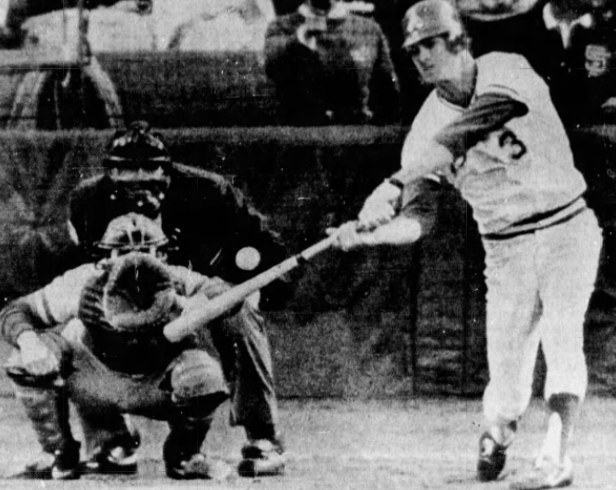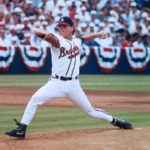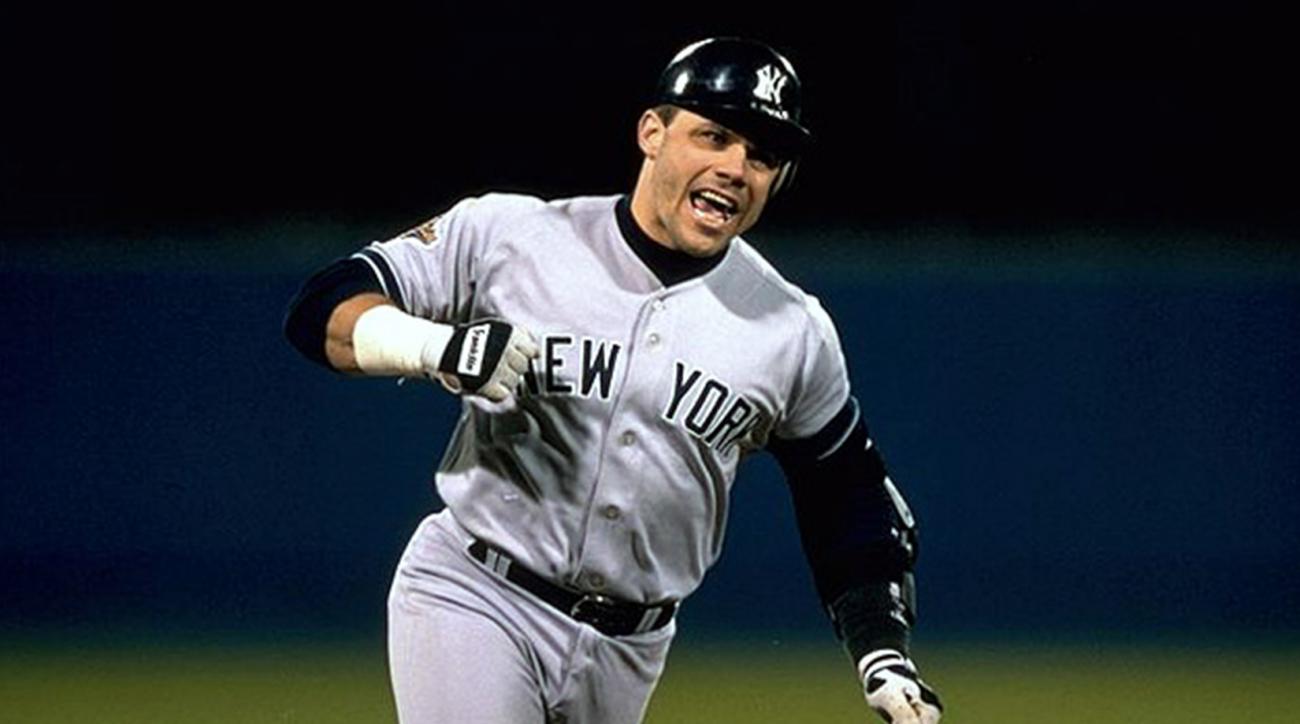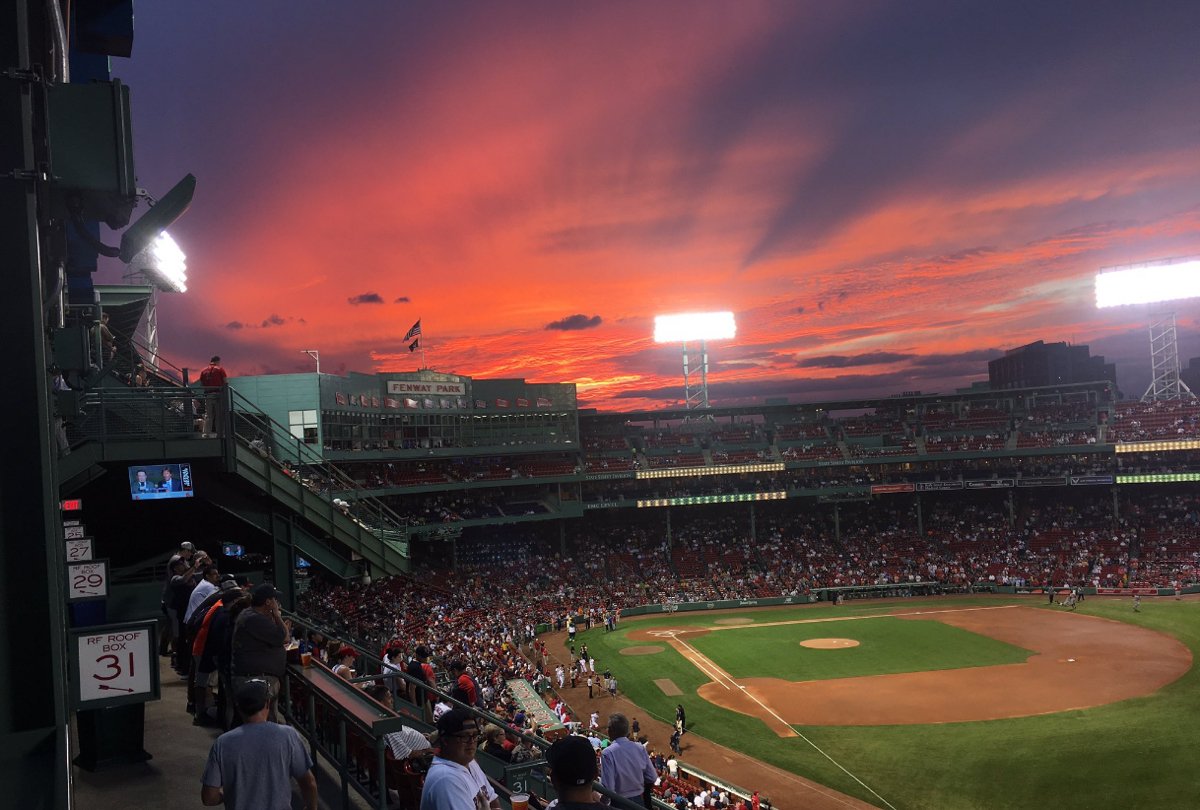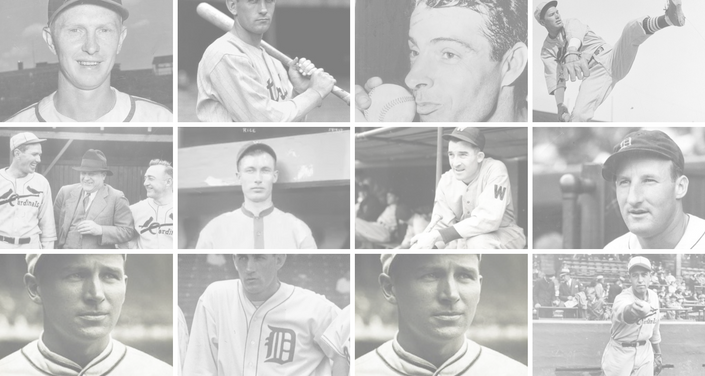Atlanta-Fulton County Stadium – stadium experience
Atlanta,GA
First and Figures
Status: Demolished 1997
Address: Parking lot at Turner field
Capacity: 52,013
Cost to construct: $18 Million
Architect: Heery, Heery & Finch
The Field
Playing Surface: Grass
Defining Feature: Nick named the Launching Pad, because elevation helped homeruns. However, it turned out to be the players not the field.
Dimensions (ft) Initial distance in parenthesis
Left Field: 330 (325)
Left Center:385
Center Field:402
Right Center:385
Right Field:330 (325)
Hosted Events
World Series: 1991, 1992, 1995, 1996
All Star Games: 1972
Ball Park First Game
Date – 04/12/1966 (1)
Starting Pitchers – vs. Pirates: 04/12/1966
Final Score 3-2 (PIT)
Attendance – 50,671
Starting Pitchers Tony Cloninger (ATL); Bob Veale (PIT)
First Batter – Matty Alou (PIT) Result – Popped to 1B
First Hits – Gene Alley (PIT), Singled (1st)
First Run – Joe Torre (ATL)
First RBI – Joe Torre (ATL)
First Homerun – Joe Torre (ATL) vs. Bob Veale (PIT) on 04/12/1966 (5th inning)
First Grandslam – Hank Aaron (ATL) vs. Wade Blasingame (HOU) on 06/27/1967 (3rd inning)
First Inside Park Homerun – Willie Mays (SFN) vs. Ken Johnson (ATL) on 06/01/1966 (1st inning)
First No Hitter – Phil Niekro (ATL) vs. Padres on 08/05/1973
Ball Park Lasts
Last Game – vs. Yankees: 10/24/1996 (World Series Game 5), Final Score – 1-0 (NYA)
Attendance – 51,881
Starting Pitchers – John Smoltz (ATL); Andy Pettitte (NYA), Winning Pitcher – Andy Pettitte (NYA) Losing Pitcher – John Smoltz (ATL)
Last Batter – Luis Polonia (ATL), result – Flied to RF
Last Hit – Chipper Jones (ATL), Doubled to LF (9)
Last Run – Charlie Hayes (NYA), Last RBI – Cecil Fielder (NYA)
Last HR – Jim Leyritz (NYA) vs. Mark Wohlers (ATL) on 10/23/1996 (8th inning of Game 4 of World Series)
Last Grand Slam – Gary Gaetti (SLN) vs. Greg Maddux (ATL) on 10/06/1996 (7th inning of NLCS)
Last Inside The Park Homerun – Jeff Blauser (ATL) vs. Bob McClure (SLN) on 08/23/1992 (7th inning)
Last No Hitter – Kent Mercker, Mark Wohlers, Alejandro Pena (ATL) vs. Padres on 09/11/1991
TRIVIA –
Joe Torre hit two solo homers in the first game ever played at Atlanta-Fulton County Stadium, hitting the first and last homers of the contest.
Park History
Atlanta-Fulton Country Stadium
For 30 years after arriving from Milwaukee, WI in 1966, the Atlanta Braves called Atlanta-Fulton County Stadium home. Plans for this stadium were approved by the Atlanta board of aldermen in March 1964, in hopes of landing a major league team. Construction was completed by early 1965 at a cost of $18 million, and the park was christened that spring with an exhibition game between the then Milwaukee Braves and the Detroit Tigers.
Located in downtown Atlanta, just a quarter mile south of the Georgia State Capitol, the stadium was one of the first circular ballparks in the major leagues. Yet, unlike the other circular parks, this stadium had real grass, and the infield dirt was a red-brown Georgia clay unique to the region. Field level at Fulton County Stadium was 33 feet below that of the parking lots surrounding the park. The retired numbers of four former Braves lined the centerfield wall: #21 of pitcher Warren Spahn; Phil Niekro’s #35; #41 worn by slugging third baseman Eddie Mathews; and Hank Aaron’s #44. Outside of the park stood three bronze statues: Aaron, hitting home run number 715; longtime Braves pitcher Niekro, curling a knuckleball; and “The Georgia Peach”, Ty Cobb, sliding into a base. Large rib-like columns, upon which light units were mounted, extended to the top of the park’s exterior. There was a partial roof over the upper deck, cutting down winds blowing across the paths of batted balls. In addition, until the Colorado Rockies entered the majors in 1993, the stadium had the highest elevation of all major league parks at 1,057 feet above sea level. The combination of all these elements made Fulton County stadium one of the leading home run parks in all of baseball, earning it the nickname “The Launching Pad”.
Atlanta fans took quickly to the Braves, and in each of their first six seasons in the city, they drew over a million fans. One of the park’s attractions in its inaugural season was Big Victor, a Native American totem pole figure behind the left field fence. Whenever a Brave hit a home run, Victor’s head titled and eyes rolled. However, mechanical problems led to his departure after the season. The next year, Chief Noc-A-Homa and his Wigwam took Victor’s place in left field. The Chief performed a war dance at every Braves homer. Atlanta Stadium, as it was called at the time, was the site of the National League’s first League Championship Series in 1969, when the Braves lost to the New York Mets. In 1971, an 80 year old calliope organ was installed, adding to the park’s atmosphere. Over the next few seasons, Chief Noc-A-Homa and Braves fans had a lot to cheer about, as the stadium was the leading home run park in the majors from 1970 to 1977.
One of baseball’s most memorable home runs was hit here. On April 8, 1974, at 9:07 p.m., Hank Aaron crushed an Al Downing pitch into the left field stands for his 715th career homer, breaking Babe Ruth’s lifetime record. A sign marked the spot where the ball landed. Over the next decade, though, the team’s showing went downhill, and they finished last for four straight years, from 1976 to 1979.
In 1982 the Braves won their first 13 games of the season and were in the heat of a pennant race in August of that year, when management decided to remove Chief Noc-A-Homa from his new location in left center in order to make room for 235 seats. But after the Chief’s departure, the Braves slumped and fell out of first place. So, in early September, the Chief was reinstalled in the outfield and the Braves went on to win the National League West. The Chief and fellow mascot Homer the Brave were later moved to “Rally Alley” beyond the right field wall, where a cannon was fired after every Braves home run.
By the mid-1980s, the Braves had once again sunk into the West Division cellar. However, with a strong, young pitching staff, the Braves again became contenders as the team entered the 1990s, and in 1991, the World Series came to Fulton County Stadium for the first time. The Braves reached the Series again in 1992, and the park earned the nickname “The Chop Shop” during this time, as fans performed “The Tomahawk Chop” as a Braves rallying cry. One of the key players on these pennant winning teams, pitcher John Smoltz, discovered several drains in the Braves’ clubhouse and decided to set up a putting green. This four-hole, 60-foot course quickly became popular with the players, who often played a few holes before games.
Prior to a game against the St. Louis Cardinals on July 20, 1993, a food-warming unit in one of the stadium’s luxury boxes tipped over and started a fire. Approximately 3,000 fans who had arrived early had to be evacuated, and the fire burned on the club level for over 90 minutes. No one was injured in the blaze, but a radio booth and several luxury boxes, including that of Braves General Manager John Schuerholz, were completely gutted.
The Braves reached the World Series again in 1995 and 1996, winning it in 1995 and giving the city of Atlanta its first major sports championship. The Braves abandoned Atlanta-Fulton County Stadium after the 1996 season and moved next door into Turner Field, built for the 1996 Olympics. That July, Atlanta-Fulton County Stadium was used for the Olympics baseball tournament while the Braves took an extended road trip, then after hosting the World Series, was razed to make way for additional parking for the Braves’ new home.
The Braves’ 1996 National League Championship gave Atlanta-Fulton County Stadium a World Series to host in its final season. It is the only ballpark ever to end its history with World Series games.





